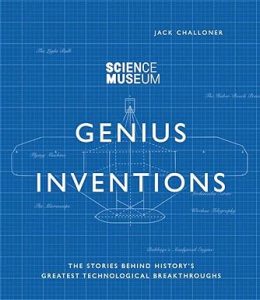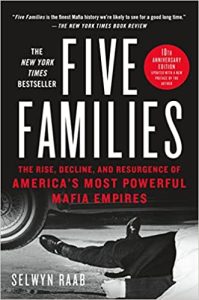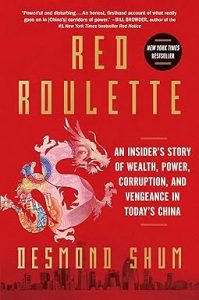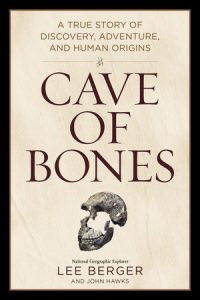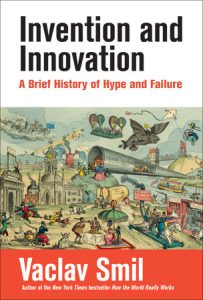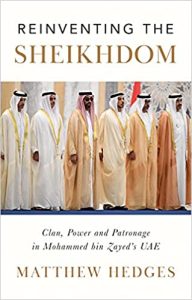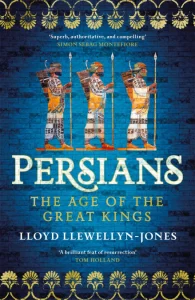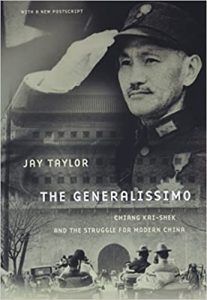Genius Inventions
₦15,000.00Go back in time to share the excitement of the greatest technological breakthroughs in history—and meet the inspired inventors who made them happen.
The light bulb. Antiseptic surgery. The Internet. These inventions changed the world as we know it. Published in association with the Science Museum of London, this fascinating volume gives unprecedented insight into the minds and lives of those who shaped the way we live today. Biographies of 28 people and their inventions include Johannes Gutenberg’s printing press, Alan Turing’s computer, the Lumière brothers’ moving pictures, George Eastman’s Kodak camera, Vladimir Zworykin’s television tube, Karl Benz’s motorcar, the Wright brothers’ powered flight, and Wernher von Braun’s rocket design. Beautifully illustrated with fascinating reproductions of letters, designs, and plans, it captures the most important moments in the history of technology.

